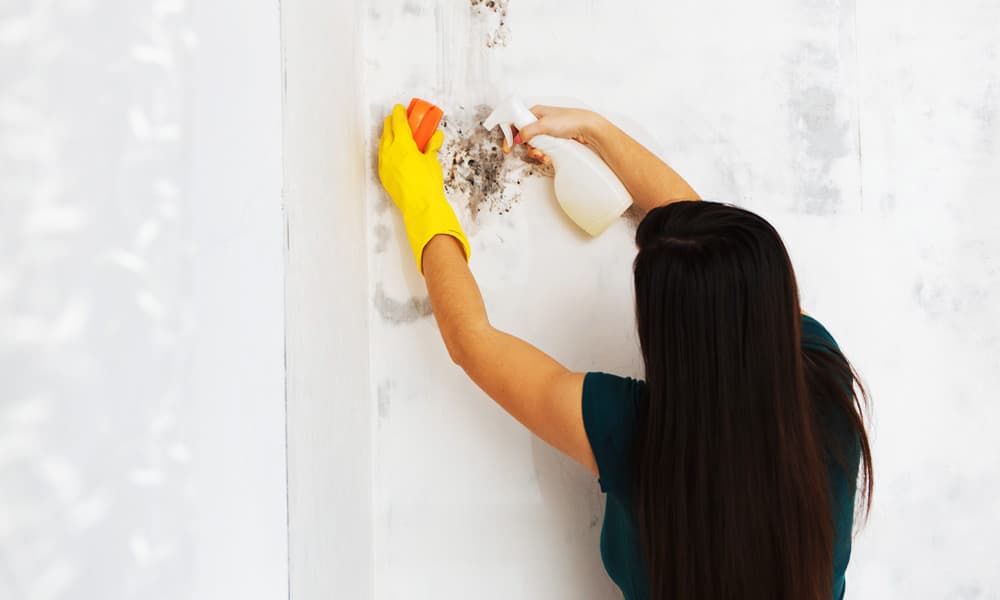Mold is not only hazardous to health but also building’s structural integrity. Assessing a home for mold growth and mold removal is more than simply looking at what is visibly growing on the surface of a wall. Therefore, the homeowner needs to hire professional mold remediation experts who are well-versed in different mold abatement techniques. Here this article enlists several mold abatement techniques that are used by almost all restoration professionals.
- Mold moisture and assessment
Now that mold grows in moist places, it is advisable to assess the contaminated area for large amounts of moisture. This helps professionals determine the reason for mold growth and what they can do to prevent it from happening again. Additionally, professional restoration service providers also inspect areas around the visible mold.
- Removing contaminated materials
Another mold remediation technique is to remove all fabrics, tile, carpet, wood, drywall, and other porous materials where mold can grow. Professionals use high-grade safety gear like goggles, gloves, and hazmat suits to remove contaminated materials. Additionally, they double-bag the items in sturdy bags when taking the materials out of the contaminated zone. furthermore, leaky faucets or pipes are fixed, and humid areas are adequately ventilated to stop and prevent mold growth.
- Isolation
Cleaning a contaminated area can further lead to spores being released into the air and nearby surfaces. Professionals hang plastic sheets over windows, doors, and doorways to ensure that others areas are well-protected from airborne contaminants.
- Vacuuming
Professional home restoration service providers vacuum over the area before scrubbing or applying the solution for particularly tough mold. For instance, they use HEPA filters to ensure that smaller particles are caught instead of blown back into the air.
- Deep cleaning
One of the great ways to release mold from porous surfaces is to use a wire brush to break up the mold. Then, professionals take disposable heavy-duty cleaning wipes to scrub the area down again. Another way to do the same is by applying a cleaning solution to the area and scrubbing it with a disposable cleaning cloth.
Borax mixed with hot water, detergents, vinegar, antimicrobial cleaner, baking soda, etc are some solutions that can be used to clean the contaminated area. After using these solutions, rinse the area with clean water and let it dry completely to remove unwanted moisture to prevent mold re-growth.
- Reassessment
Some mold remediation experts re-assess the area the week after cleaning it to ensure no new growth has sprouted and there are no continuing signs of excess moisture.
Conclusion
While homeowners try to use these mold abatement techniques to address small areas of growth, it is always worthwhile to leave the significant contamination to the professionals for improved safety. Home restoration experts are known to use the best mold abatement techniques to ensure that there is no mold re-growth in a particular area.

